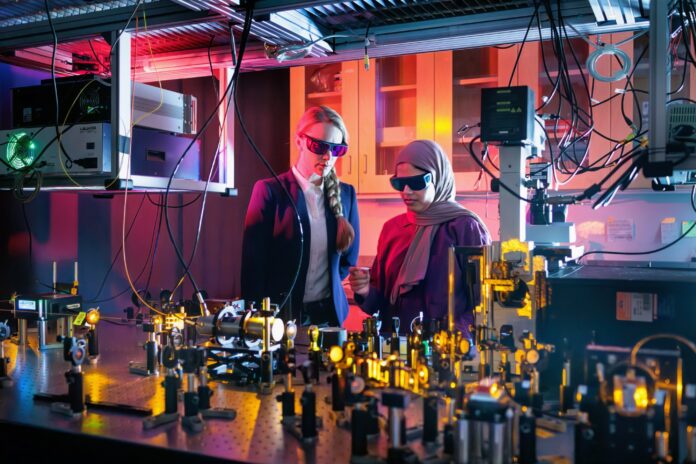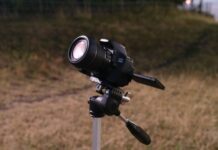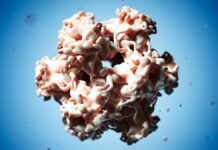Cyanobacteria, those ubiquitous blue-green algae found everywhere from hot springs to Arctic ice, possess an impressive ability to thrive in diverse environments. A key player in their adaptability is a light-harvesting structure called the phycobilisome. Acting like miniature antennae, these structures capture energy from sunlight and also serve as a kind of sunscreen, shielding bacteria from excessive light intensity.
One crucial component in this protective system is a protein known as orange carotenoid protein (OCP). OCP acts by “quenching” or dissipating excess light energy that could otherwise damage the cyanobacteria’s photosynthetic machinery. This mechanism is vital for survival when light levels fluctuate drastically, protecting these tiny organisms from sudden sunbursts or shifting underwater conditions.
While scientists knew OCP played a role in photoprotection, precisely how it interacted with the phycobilisome remained unclear. The specific location where OCP attached to these complex antenna structures was a mystery, especially given the various architectural variations found across different cyanobacteria species.
Decoding the Sunscreen’s Secret Location
Researchers from the University of Chicago and Michigan State University teamed up to unravel this puzzle. They focused on two phycobilisome architectures – one with three barrels and another with five – investigating how OCP bound to these distinct structures. Using cutting-edge technology called single particle spectroscopy, they were able to track energy transfer at the nanoscale level within each type of phycobilisome.
Their findings, published in the Proceedings of the National Academy of Sciences, revealed a remarkable adaptation: despite binding at different sites within the two distinct phycobilisome structures, OCP consistently provided the same level of protective quenching. This adaptability suggests that OCP might have initially evolved to bind at one specific site but, over time, developed the capacity to function effectively at other locations as the architecture of these antenna complexes changed.
A Modular and Adaptive System
This “balance between modularity and site specificity” highlights a key principle in nature’s design: efficiency through adaptable mechanisms. The system allows for flexibility while maintaining consistent performance. The study demonstrates that OCP doesn’t simply latch onto a single spot within the phycobilisome, but rather exhibits a sophisticated ability to adapt its binding location to suit different architectural designs.
This research opens exciting avenues for future exploration. Squires and her team plan to investigate other protective mechanisms within the phycobilisome, including “switches” and “fuses” that regulate energy capture and flow in response to changing light conditions. Understanding how these intricate elements work together will provide deeper insights into the remarkable resilience of cyanobacteria and inspire new biomimetic approaches for engineering more adaptable plants and even sustainable energy technologies.

































